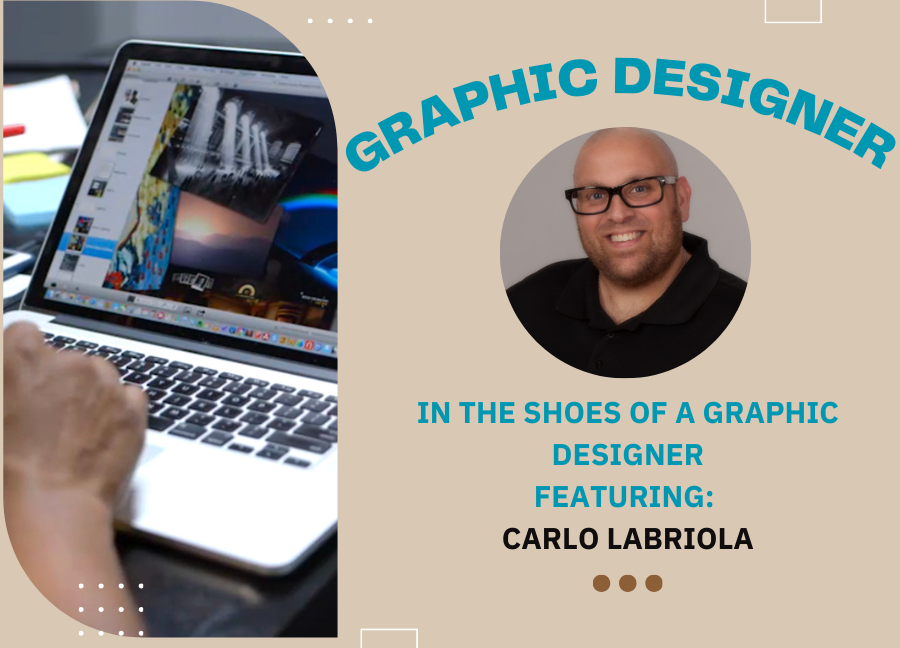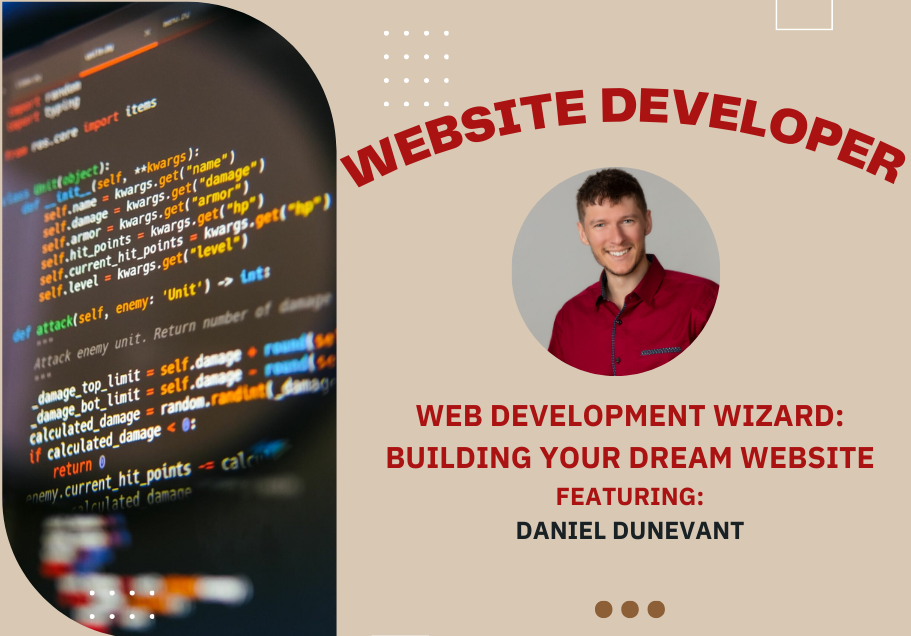
Why should you invest in Public Relations?
Your brand or company’s public image is more important than ever, especially nowadays, with so many eyes on you and ample access to information that could expose companies with just one click. On top of that, 63% of most companies’ overall value is dependent on public image. Public image shows the importance of learning to utilize the press in a way that best benefits your business.
Public Relations can get the word out to attract different news outlets, exposing your content to a larger audience while creating relationships and credibility with current or future customers. It is also relatively cost-effective and significantly cheaper than paid promotions, making communication with your clients much easier and more efficient.
Where did Public Relations come from?
The idea of Public Relations itself stems from the idea of communication, which is a concept that has been around for centuries, dating back to the philosophers of ancient Greece. It wasn’t until the birth of America that mass communication was used, from Samuel Adams spreading political messages that would inspire the famous anti-tax protests to Thomas Paine’s pamphlet “Common Sense,” persuading people to support the American Revolution. Public Relations has continued to evolve and adapt to the rapidly changing world of communications as we know it today.
What does Public Relations involve?
When people think of Public Relations, many will associate it with press releases when, in reality, that’s only a tiny piece of the puzzle.

Public Relations includes:
- Press releases and digital content
- News conferences and events
- Annual reports
- Newsletters
- Crisis Communication plans
Each one of these aspects of Public Relations involves a particular set of skills. Here at VIA Marketing, we found the perfect fit for this specialized role. Michelle DiSanto is a creative thinker, a talented writer, organized, and an overall joy around the office. She works diligently to ensure our clients are delighted with her expertise and services.
We decided to gain more insight by asking Michelle a few questions.

When should you use print or digital campaigns?
You must evaluate your audience or customers and answer that question to make that decision. Due to the fact for example, if your audience is older, they are less likely to look at or interact with a digital campaign. However, if your audience is a mixed range of all ages, you should combine print and digital so all age demographics engage with your campaign.
What does your daily task load look like?
I could be planning an event, attending meetings, calling, or emailing back and forth with a client. I could create, write a piece or news article, and work with our graphic artist to meet our client’s needs. Every day is quite different, depending on what is happening.

What makes a good newsletter or Press Release?
Mainly, high-quality, straight-to-the-point content that is informative and factual while keeping the audience in mind.
What is the difference between Advertising and Public Relations?
The strategies are quite different. Advertising seeks to generate more profit and revenue from sales initiated due to specific advertisements. Public Relations, however, aims to create awareness and a more prominent reputation for the company or brand through networking and communication.

What if I need help creating or improving my company’s public image?
At VIA, we can work with you to create a personalized Public Relations strategy to help you gain publicity, build credibility, and build a relationship with your clients. Contact us today, and we will help you reach your goals!


















